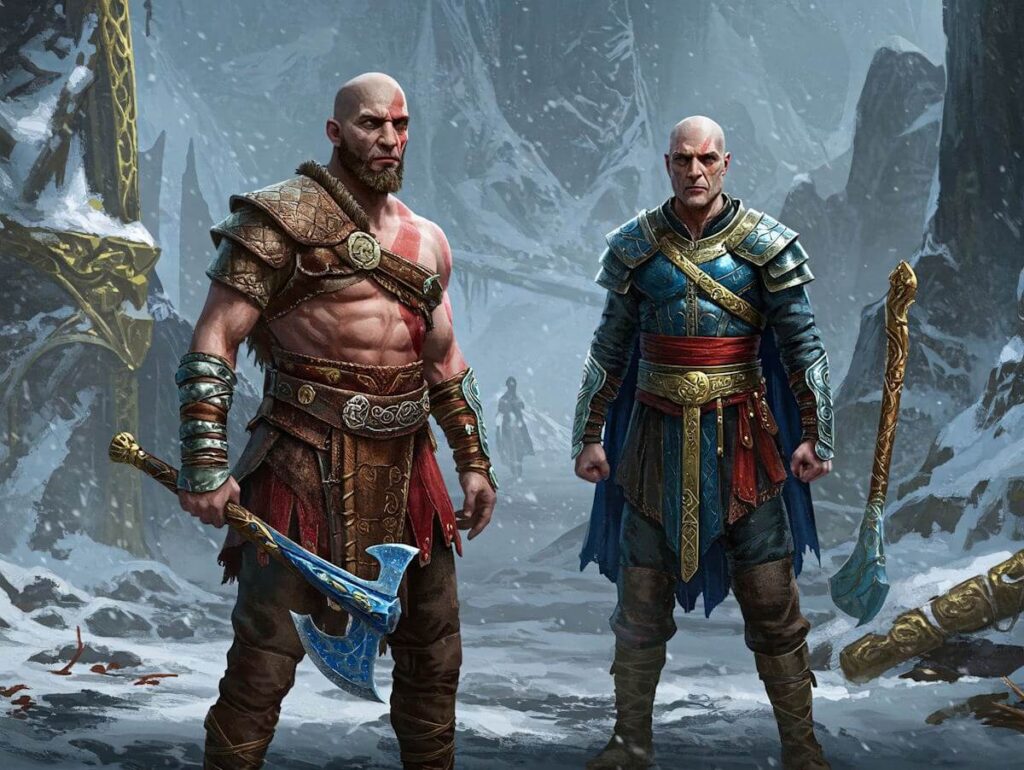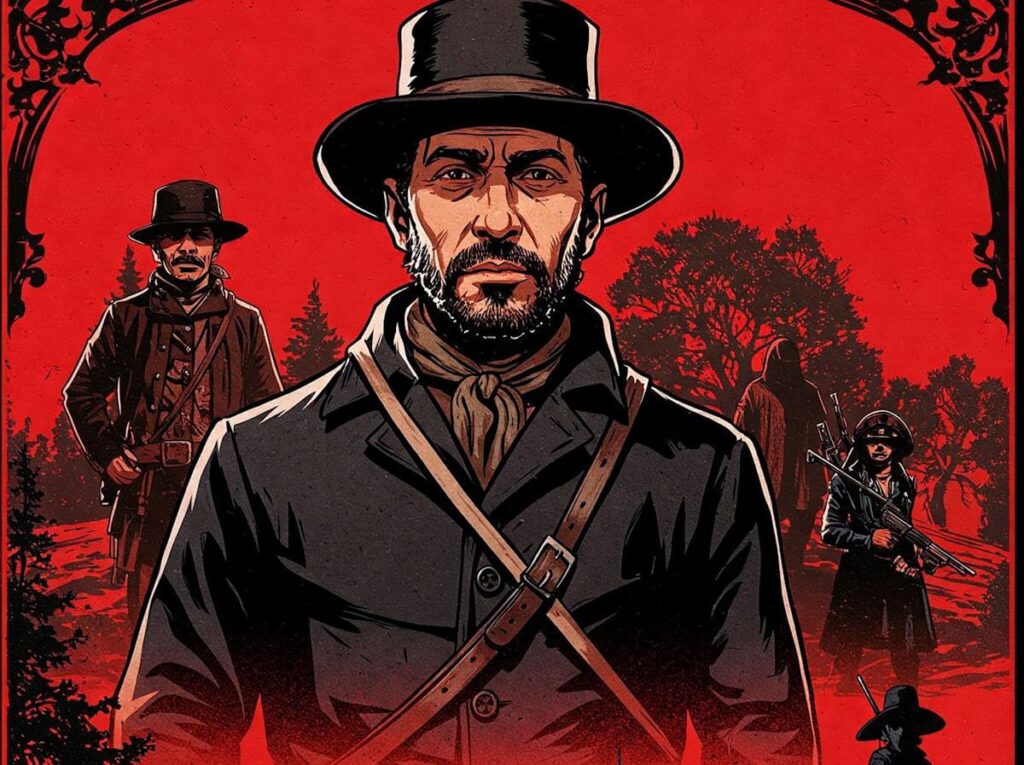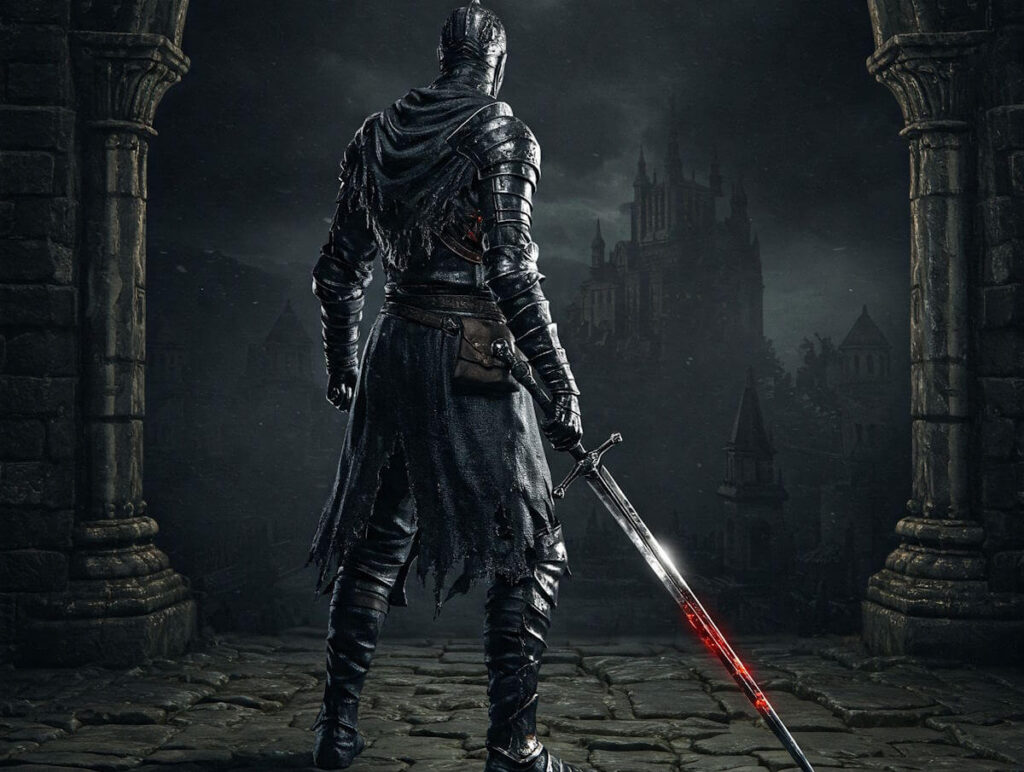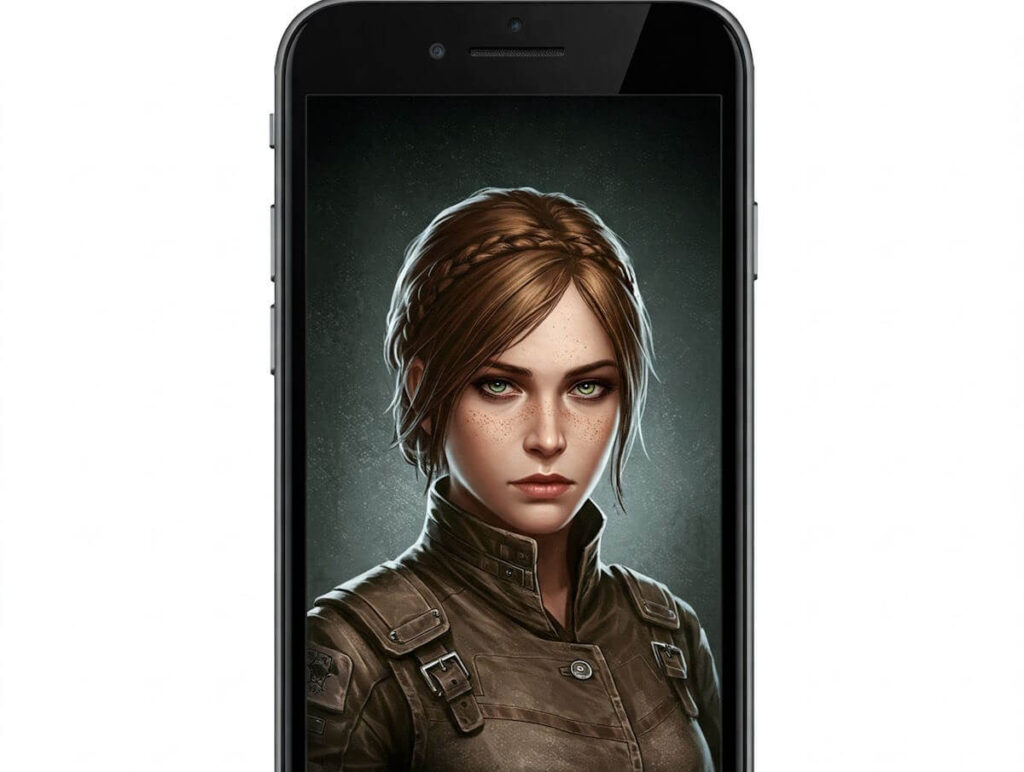The Legacy of God of War
The God of War franchise has carved an indelible mark in the gaming industry since its inception in 2005. Developed by Santa Monica Studio and published by Sony Interactive Entertainment, the original title redefined action-adventure gaming with its innovative gameplay, compelling narrative, and groundbreaking graphics. Set in an intricately woven tapestry of Greek mythology, players experienced the visceral story of Kratos, a Spartan warrior whose thirst for vengeance against the gods sparked a franchise that would captivate millions. The original game set a gold standard for action-adventure titles, influencing countless other developers.
As the series progressed, it transitioned from Greek to Norse mythology, starting with the critically acclaimed God of War (2018). This installment marked a significant evolution, showcasing a more mature and nuanced portrayal of Kratos, who now navigates fatherhood alongside his son, Atreus. The game was praised not only for its stunning visuals and fluid combat but also for its deep, character-driven storytelling. Such a shift demonstrated the developers’ willingness to take risks and grow the franchise beyond its roots, appealing to both long-time fans and newcomers alike.
The release of God of War (2018) successfully reignited interest in the franchise, building anticipation for its sequel, Ragnarök. As the continuation of this enhanced narrative and gameplay experience, Ragnarök has been positioned as a testament to the franchise’s legacy. In examining what makes Ragnarök the best sequel ever made, it is vital to consider how the original game’s legacy set the stage for its successors, pushing the boundaries of storytelling and gameplay in ways that resonate deeply with players. This rich historical context is crucial in understanding the impact and significance of the series as it continues to evolve.
Narrative Continuity and Character Development
The narrative of God of War Ragnarök effectively expands upon the storyline established in its predecessor, delivering a rich tapestry of character development and thematic exploration. At its core, the game continues the tale of Kratos and his son, Atreus, delving deeper into their complex relationship forged in the fires of both conflict and cooperation. The sequel seamlessly picks up where the previous game left off, bringing forth a heightened sense of urgency and emotional weight as they navigate the impending doom of Ragnarök.
Character arcs are meticulously crafted, showcasing growth that feels both natural and earned. Kratos, once a fierce warrior driven by vengeance, now embodies a more nuanced persona, grappling with fatherhood’s responsibilities while attempting to shield Atreus from a predestined fate. His character evolution resonates profoundly, as he must reconcile his past with the hope for a better future for his son. In juxtaposition, Atreus, now more self-aware, confronts his identity and destiny, revealing layers of complexity that enrich his character. This dynamic not only enhances the narrative but also illuminates themes of fatherhood and responsibility.
The exploration of father-son relationships is intricately woven throughout Ragnarök, spotlighting the burdens and expectations placed upon both Kratos and Atreus. Their interactions are infused with moments of tenderness, conflict, and ultimately, understanding. This evolving bond serves as a narrative anchor, illustrating their struggle against external forces while mirroring their internal battles. The emotional depth achieved through this continuity becomes a crucial element that resonates with players, fostering a connection that elevates the gaming experience.
Moreover, the overarching themes of destiny and choice are skillfully integrated, prompting players to reflect on the impacts of their decisions. The narrative does not merely focus on the action but emphasizes an introspective journey, ensuring that the player is deeply engaged in the characters’ evolvement. Thus, God of War Ragnarök emerges as a masterclass in storytelling, successfully intertwining character development and narrative continuity to create a compelling sequel that stands the test of time.
Gameplay Innovations and Mechanics
The gameplay mechanics of God of War Ragnarök significantly distinguish it from its predecessor, enriching the player experience through a series of thoughtful innovations. One of the most notable enhancements is the expanded combat system, which introduces a diverse array of new weapons and abilities, allowing players to engage in battles with unprecedented creativity. For instance, the inclusion of the dual-functionality of weapons not only deepens the combat dynamics but also emphasizes strategic gameplay. Players can seamlessly alternate between different attack styles, creating a fluid combat experience that keeps each encounter fresh and engaging.
In addition to the new weaponry, Ragnarök also refines the character abilities of Kratos and Atreus, providing players with opportunities for personalization and tactical decision-making. These new abilities inspire exploration of various combat styles, as players may opt for aggressive approaches or more defensive tactics based on their preferences. This flexibility in combat mechanics signifies a marked improvement in gameplay fluidity, offering a sense of empowerment as players adapt their strategies in response to evolving challenges.
Puzzle-solving elements have also received a significant upgrade, which enhances the overall narrative experience. The sequel features intricately designed puzzles that leverage the unique abilities of both Kratos and Atreus, requiring players to collaborate between the characters to progress. This evolution in puzzle mechanics not only adds depth to the gameplay but also weaves together various aspects of the story, increasing the emotional stakes as players uncover the mysteries of the world around them.
Ultimately, the combination of enhanced combat systems, new weapons and abilities, and improved puzzle-solving mechanisms elevates God of War Ragnarök as a sequel that not only builds upon its predecessor but excels in creating a more immersive player experience. These gameplay innovations are pivotal to the game’s acclaim, showcasing a commitment to evolution and player engagement within the franchise.
Visual Prowess and Artistic Design
The visual prowess and artistic design of God of War Ragnarök represent a significant leap in gaming graphics technology, which, in turn, enhances the immersive experience for players. Leveraging advanced rendering techniques and high-fidelity textures, the game showcases a stunningly detailed world that is not only visually appealing but also rich in storytelling potential. Each realm is meticulously crafted with unique environmental features, from the icy tundras of Norse mythology to lush forests and the foreboding landscapes of the underworld.
The color palettes are thoughtfully selected, greatly contributing to the emotional tone of the gameplay. Bright colors in some areas contrast sharply with the dark, brooding designs in others, creating a dynamic visual narrative that captivates players. This intentional design choice reinforces the story’s themes—including the pervasive struggle between light and darkness—while maintaining player engagement through visually stimulating encounters.
Character modeling in God of War Ragnarök also stands out as a testament to the developers’ commitment to quality. The intricacies in the characters’ facial expressions and body language provide a level of depth that draws players into their emotional arcs. Each character’s aesthetic, from Kratos’ weathered features to Atreus’s youthful exuberance, enriches their personalities and relationships, allowing players to form deeper connections with them as the narrative unfolds.
The seamless integration of environmental storytelling is another hallmark of Ragnarök’s artistic design. Subtle visual cues and thematic elements embedded within the landscape not only serve to enhance the gameplay experience but also create a cohesive world where every detail matters. By meticulously crafting diverse realms and breathtaking landscapes, the developers ensure that the visuals play a pivotal role in both the storytelling and overall success of God of War Ragnarök, making it a shining example of visual excellence in the gaming industry.
Sound Design and Musical Score
The sound design and musical score in God of War Ragnarök play a critical role in crafting an immersive gaming experience that enhances both the narrative and gameplay. The meticulous attention to audio detail allows players to connect more deeply with the characters and the unfolding story. The team of sound designers and composers has created a rich audio landscape that complements the visual elements, making every scene resonate emotionally.
One of the standout features of the game’s soundtrack is its ability to adapt dynamically according to gameplay. During intense battle sequences, the music escalates, heightening the sense of urgency and danger. Conversely, in quieter moments that focus on character development or emotional revelations, the score pulls back, employing gentle melodies and harmonies that reflect the characters’ inner struggles. This nuanced approach to musical composition, crafted by renowned composers who previously contributed to the franchise, deepens player engagement and underscores the bittersweet themes woven throughout Ragnarök.
The sound design further amplifies the gaming experience, with ambient sounds that transport players into the world of Norse mythology. From the rustling leaves to the echo of distant thunder, each audio element is painstakingly curated. The impact of sound effects during combat, such as the clang of weapons and the roar of foes, ensures that players feel every encounter viscerally. Additionally, voice acting is seamlessly integrated with sound design, ensuring that dialogue complements the score and environmental sounds, enriching the interplay between character and narrative.
In summary, the sound design and musical score of God of War Ragnarök significantly elevate the overall gaming experience. By harmonizing emotional tones and action-packed sequences, the audio elements work cohesively to create an immersive atmosphere that resonates with players on multiple levels.
Robust Side Quests and World-Building
In the realm of video games, robust side quests play a pivotal role in enhancing the depth and richness of the overall narrative. In “God of War Ragnarök,” the developers have masterfully woven intricate side stories that not only captivate players but also contribute significantly to world-building. These quests are designed to immerse players in the lore and mythology that surrounds Kratos and Atreus, providing a deeper understanding of their journey and the contexts in which they operate.
One of the defining features of the side quests in “Ragnarök” is their ability to delve into the lives of supporting characters. Each side quest introduces players to new characters or expands on familiar ones, thereby facilitating meaningful interactions that enhance emotional engagement. For instance, as players undertake various tasks, they uncover personal stories, struggles, and triumphs of these characters, which further enrich the game’s world. This level of character development not only makes the side stories memorable but also provides a personal touch to the expansive narrative.
The lore embedded within these side quests is equally significant. Players encounter mythological elements and expansive backstories that provide context to the main plot. By integrating side quests that reveal hidden truths, secrets, and forgotten histories, “Ragnarök” allows players to piece together a larger narrative tapestry. This approach makes the game world feel alive and continually engaging, as players are encouraged to explore not just for rewards but for knowledge and enlightenment about the environment they inhabit.
Moreover, the practical impact of these side quests on overall player satisfaction cannot be overstated. As players navigate through the beautifully crafted realms of “Ragnarök,” they are rewarded with diverse gameplay experiences that keep them invested. This combination of compelling side quests and rich world-building elevates “God of War Ragnarök” as a sequel, showcasing how well-conceived narratives can significantly enhance the player experience.
Community Reception and Critical Acclaim
The release of God of War Ragnarök has garnered significant attention, prompting a diverse range of feedback from both players and critics alike. The community’s response has been overwhelmingly positive, with myriad players expressing their satisfaction through various platforms, including social media, online forums, and dedicated gaming communities. Fans have lauded the game’s rich narrative depth, engaging gameplay mechanics, and remarkable graphics, which build upon the foundation established in its predecessor, enhancing its status as a premier sequel in the gaming industry.
Players have taken to forums like Reddit and gaming review sites to share personal anecdotes and fan theories, fostering a vibrant discussion surrounding the lore and character development presented in Ragnarök. Notably, players have appreciated the seamless integration of Norse mythology and its connection to the overarching narrative. The robust dialogue among fans has not only heightened excitement around the game but also showcased a dedicated community eager to dissect its elements and themes.
From a critical perspective, numerous reputable gaming outlets have commended the game’s execution. For instance, Digital Trends described it as “a masterclass in storytelling and world design,” while IGN highlighted the “emotionally impactful moments that resonate long after gameplay.” Such reviews underscore Ragnarök’s achievements in crafting an immersive experience that elevates it beyond conventional sequels. Many critics have pointed out that the game successfully balances innovation while honoring the legacy of the franchise, making a compelling case for its title as the best sequel ever made.
In forwarding the conversation around which future gaming titles may follow in Ragnarök’s footsteps, the initial reception confirms that it has set a new benchmark for sequels, inspiring discussions and analyses from both fans and critics alike.
Comparisons with Other Sequels
When evaluating the status of God of War Ragnarök as a premier sequel, it is essential to compare it with other well-regarded game sequels in the industry. Notable mentions include The Legend of Zelda: Breath of the Wild 2 and The Last of Us Part II. Each of these titles has garnered substantial acclaim; however, Ragnarök distinguishes itself through a combination of compelling narrative depth, innovative gameplay mechanics, and heightened player engagement.
In terms of narrative, God of War Ragnarök offers a richly woven story that delves deeper into the complex relationship between Kratos and his son Atreus. Unlike the more open-ended plots of its contemporaries, Ragnarök maintains a focused storyline that proceeds with precision, creating emotional stakes that resonate throughout the gameplay. Similarly, while The Last of Us Part II presents profound character arcs and themes, its approach can feel fragmented at times due to its non-linear storytelling format.
From a gameplay perspective, Ragnarök features refined mechanics that build upon its predecessor’s foundation, introducing new abilities and combat dynamics that keep players engaged. The seamless integration of puzzle-solving elements and combat sequences facilitates a smooth gameplay experience that is both satisfying and challenging. On the other hand, while Breath of the Wild 2 is celebrated for its expansive world and exploration, the sheer scale can occasionally lead to a diluted sense of direction, detracting from the overall player experience.
Finally, player engagement in God of War Ragnarök is markedly heightened by its cinematic presentation and atmospheric world. This is evident in the careful attention to detail in environments and character animations, which immerse players in the narrative. Comparatively, while The Last of Us Part II excels in emotive storytelling and character development, its reliance on the heavy themes can overwhelm player engagement at times.
Overall, while other sequels have their merits, \strong>God of War Ragnarök\strong> stands out due to its cohesive narrative, refined gameplay, and exceptional player immersion, solidifying its reputation as arguably the best sequel ever created.
Conclusion: The Future of God of War
The success of God of War Ragnarök creates significant implications for the future of the franchise. As the game has set a new standard not just for sequels, but also for storytelling within the action-adventure genre, it is clear that the bar has been raised considerably. The narrative depth, character development, and immersive gameplay mechanics resonate with both fans and critics alike, positioning Ragnarök as an exceptional sequel. This legacy will inevitably influence future installments in the series.
One possible direction for subsequent narratives could explore further the relationships between characters in the Norse mythology context. With Kratos and Atreus firmly established as central figures, a deeper exploration of their evolving dynamic, particularly as Atreus navigates his identity, could provide fresh storytelling opportunities. Additionally, incorporating elements from other mythological realms, such as Celtic or Egyptian mythologies, may introduce unique challenges and adversities, enriching the game’s universe.
Moreover, gameplay innovations are critical for maintaining player engagement. Building on the action and combat mechanics established in Ragnarök may offer avenues for enhanced combat systems and player customization. Incorporating more strategic elements or environmental puzzles that utilize character abilities can advance the overall gaming experience. Adapting the game world to be more dynamic, where player choices have tangible consequences, could further immerse players in the unfolding mythos of the series.
In conclusion, God of War Ragnarök not only impresses as the best sequel but also opens doors to limitless possibilities for the franchise. Anticipation for future installments is high, as the potential for novel narratives, character journeys, and gameplay mechanics continues to expand. The foundation laid by Ragnarök ensures that fans will eagerly await what comes next in this epic saga.





